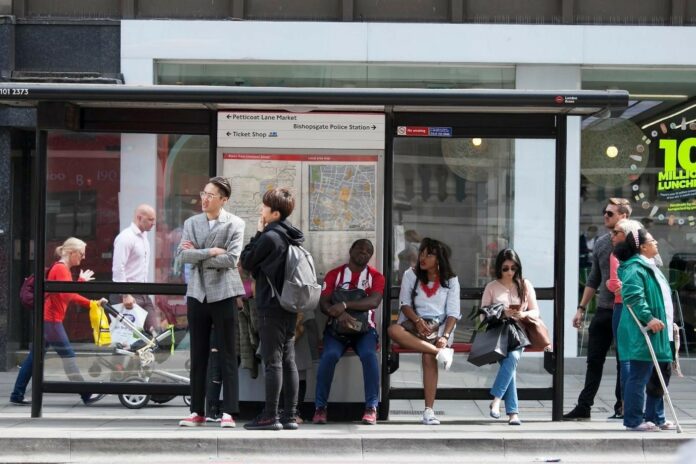
A key component of many transportation networks is real-time passenger information (RTPI), and how it keeps riders updated.
That being said, RTPI has evolved significantly over the years, along with the benefits it brings to transit agencies.
How have RTPI displays changed over time to become what they are now – from pre-set schedules to intelligent transport systems (ITS) – and what does this mean for transit agencies today?
Real-time passenger information is an advanced form of ITS that provides riders with accurate information on active vehicles in your transport operations.
At each stop, riders can see the expected arrival times of every vehicle and the specific routes they’re taking.
But this hasn’t always been the case. Passenger information used to be much less accurate and efficient for riders.
Traditional systems
In the time of traditional passenger information systems, transit agencies didn’t yet possess the technology to update network changes in real-time.
Instead, many transport networks had a pre-set schedule that displayed the arrival times and routes of each vehicle at a stop each day.
This did not consider any factors that could affect the predicted arrival times, such as traffic, closures, breakdowns, etc. Therefore, riders could unknowingly be waiting for a vehicle that wasn’t going to arrive on time.
As transit agencies evolved alongside newer technology, they could analyze vehicle journeys to predict arrival times at stops.
Some call centers began providing disruption notifications, and the first sign of RTPI was seen on phones in the 1990s through SMS.
By the 2000s, RTPI displays were starting to be set up at stops to reveal passenger information that gave arrival times, route changes, and some planned service information.
Intelligent transport systems
As technological advancements occurred throughout the transport industry, the introduction of ITS was able to provide a more advanced form of RTPI for transit agencies.
Using ITS, transit agencies can now gain the most accurate RTPI to provide for riders. One way this can be done is through real-time vehicle monitoring, where on-board devices relay positional information for vehicles to command centers.
As changes occur in a vehicle’s journey that alters arrival times, the information is automatically updated on the RTPI displays at the stop, without the need for any manual intervention.
You can now have a range of solar-powered displays that are installed at stops, on platforms, in vehicles, and on the street.
As well as having arrival time information automated, transit agencies can also enter any other information they feel riders should know via the displays.
The evolution of RTPI displays has led to a more efficient and productive way for transit agencies to run their operations, providing a better rider experience.
—
With vast improvements to the way RTPI displays are used today, it’s no wonder transit agencies across the globe are implementing ITS into their transport networks.
As we move into the future, who knows how RTPI might develop and where it could take the transport industry?












